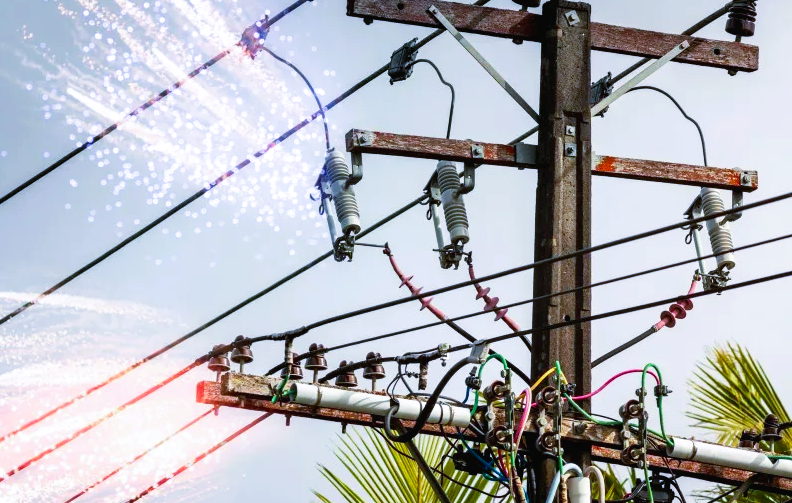
Power struggle: Crypto vs Chatbots

Which is the biggest energy hog?
- Dateline
- 25 April 2027
During the energy crisis of 2022, analysts were quick to point out that crypto mining, especially bitcoin, consumes as much electricity globally as a small country. Prior to this, it was all about profit, with crypto mega-miners relocating to the places with the cheapest electricity to feed their power hungry rigs. But after the Nordstrom pipeline was cut and Germany turned to coal to keep the lights on, the debate shifted to climate impact and basic security of energy to bolster the economy. Bitcoin was the bad guy.
And then came ChatGPT and all the other large language models capable of generating text, images, and video from natural language prompts. AI was the new flavour of the month, and chip makers like Nvidia saw their stock skyrocket. Pre-trained transformers could write whole books and make short movies, almost like people. But training requires massive amounts of data crunching, and generating anything more than a paragraph of text burns mega megawatts. Soon, datacenters optimized for AI with their huge neural networks began to be measured in MW (megawatt) rather than compute power.
As all the tech giants from Microsoft to Adobe piled into generative artificial intelligence to enhance their products, bottlenecks appeared, first with chips, then with raw power. Bitcoin shot up, making mining on faster, more powerful, and more costly systems more profitable, pushing electricity demand higher still. Now it wasn’t price that mattered, just availability. Tech giants began eyeing small nuclear reactors to meet their energy needs.
AI technology based on large models has had the fastest uptake of any technology, ever. And it’s not just threatening power supplies; there’s a very real cost to the environment, like the water required for cooling. That’s also an incentive for innovation, and an opportunity for new players. Rumour has it that Intel plans to beat Nvidia at its own game, with an AI chip that’s faster, cheaper, and less power hungry than anything Nvidia has to offer.
In the research labs and universities, teams of smart engineers are tinkering with photonics, chiplets, tiles, and analog processors to crack the energy issue, while software gurus are working on slimmer models running on smaller systems that still deliver the AI advantage. Electrical engineers are ignoring the noise and ramping up production of transformers and grid infrastructure.
Because if it’s crypto, chatbots, or electric car superchargers, there’s one thing the future’s going to need, and that’s more electricity, and fast!
Links to related stories
- AI needs so much power that coal plants are sticking around – Bloomberg, 25 January 2024
- AI will run out of electricity and transformers – New Atlas, 1 March 2024
- AI's electricity use is spiking so fast it'll soon use as much power as an entire country – Futurism, 11 October 2023
- Mindbullet: Dark days ahead (Dateline: 2 August 2028)
- Mindbullet: Bitcoin batteries power the energy internet (Dateline: 15 March 2023)
Warning: Hazardous thinking at work
Despite appearances to the contrary, Futureworld cannot and does not predict the future. Our Mindbullets scenarios are fictitious and designed purely to explore possible futures, challenge and stimulate strategic thinking. Use these at your own risk. Any reference to actual people, entities or events is entirely allegorical. Copyright Futureworld International Limited. Reproduction or distribution permitted only with recognition of Copyright and the inclusion of this disclaimer.